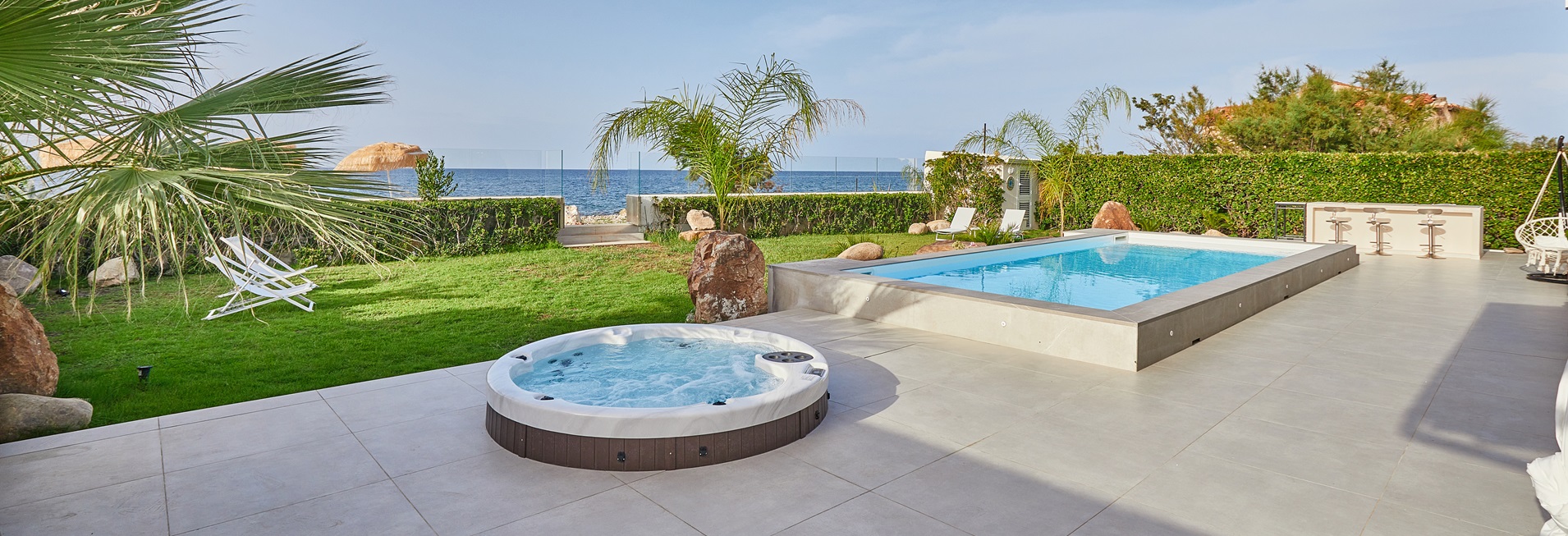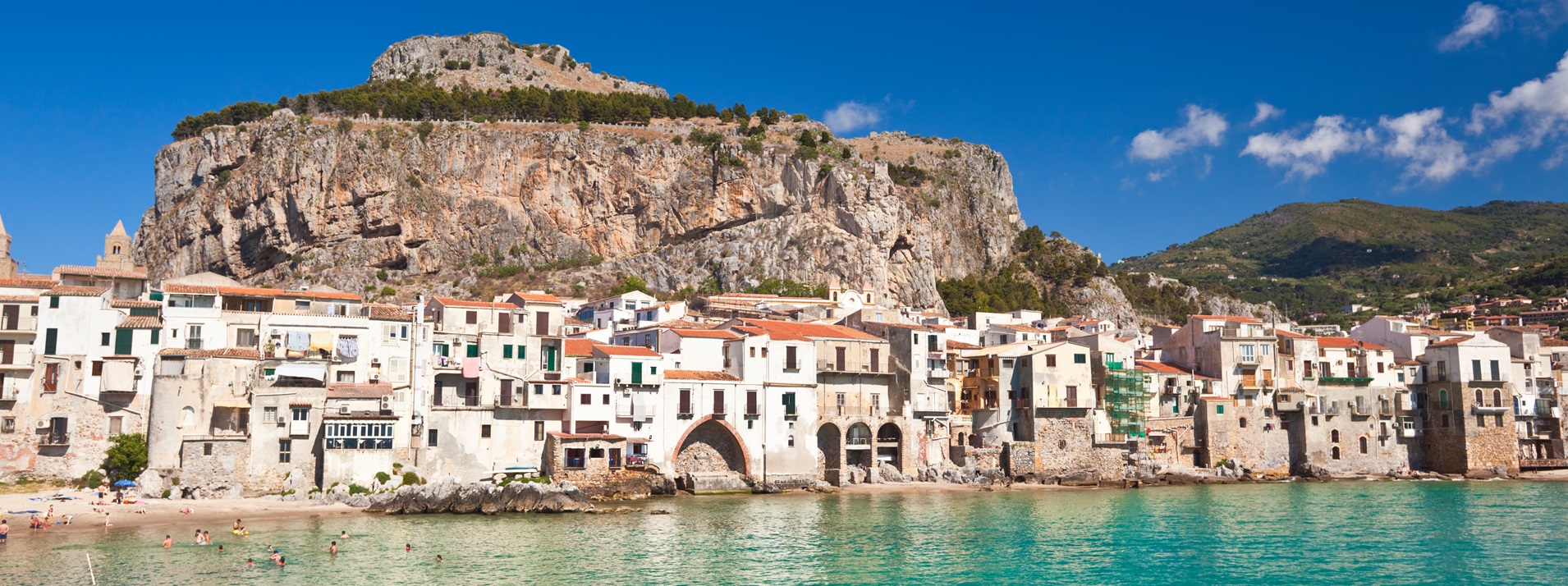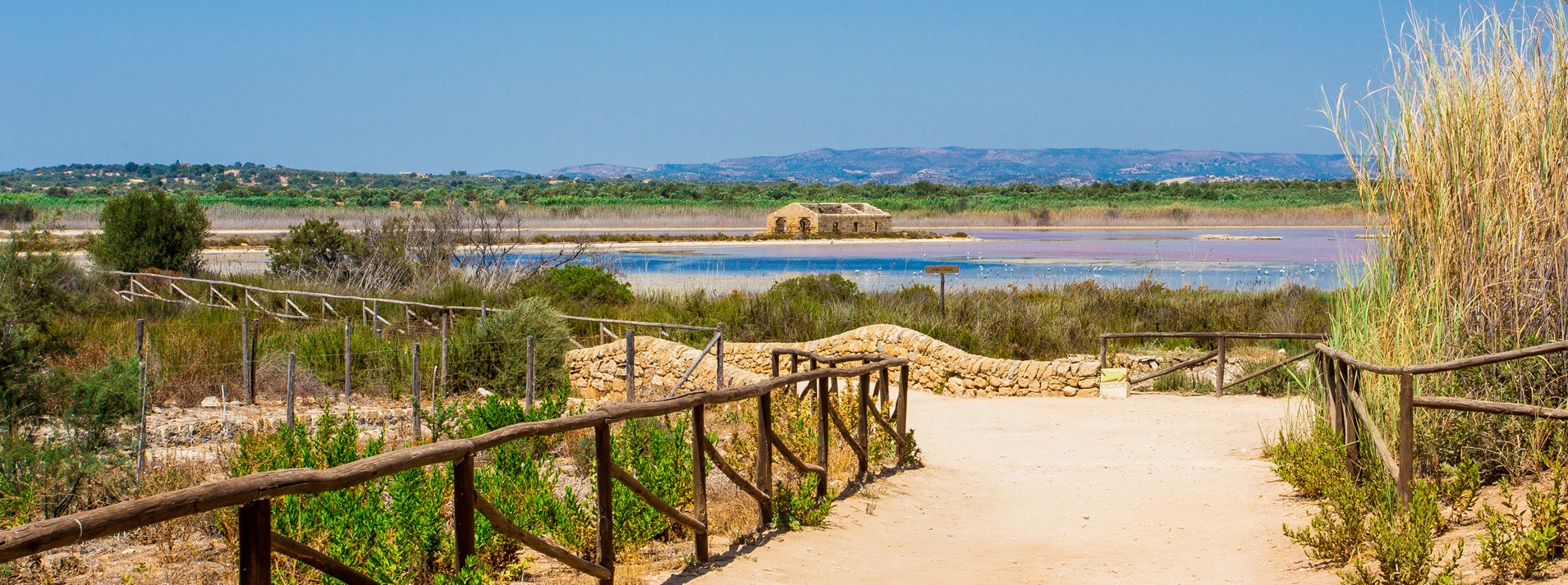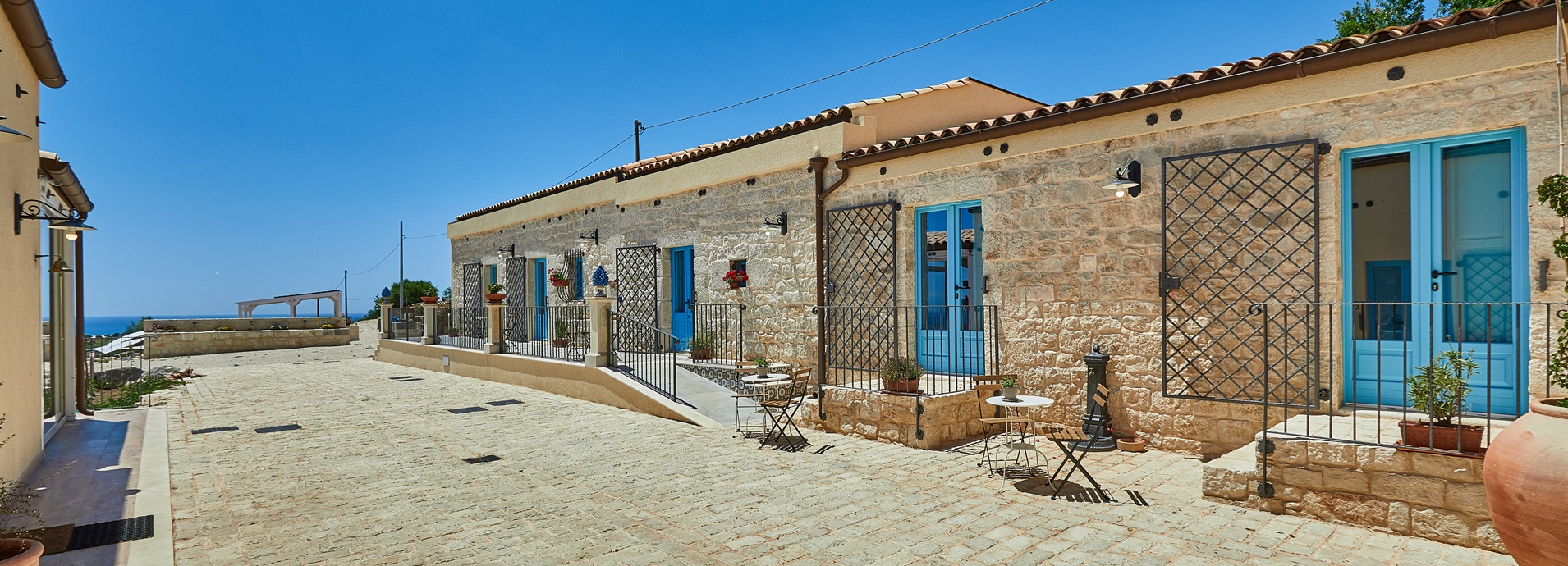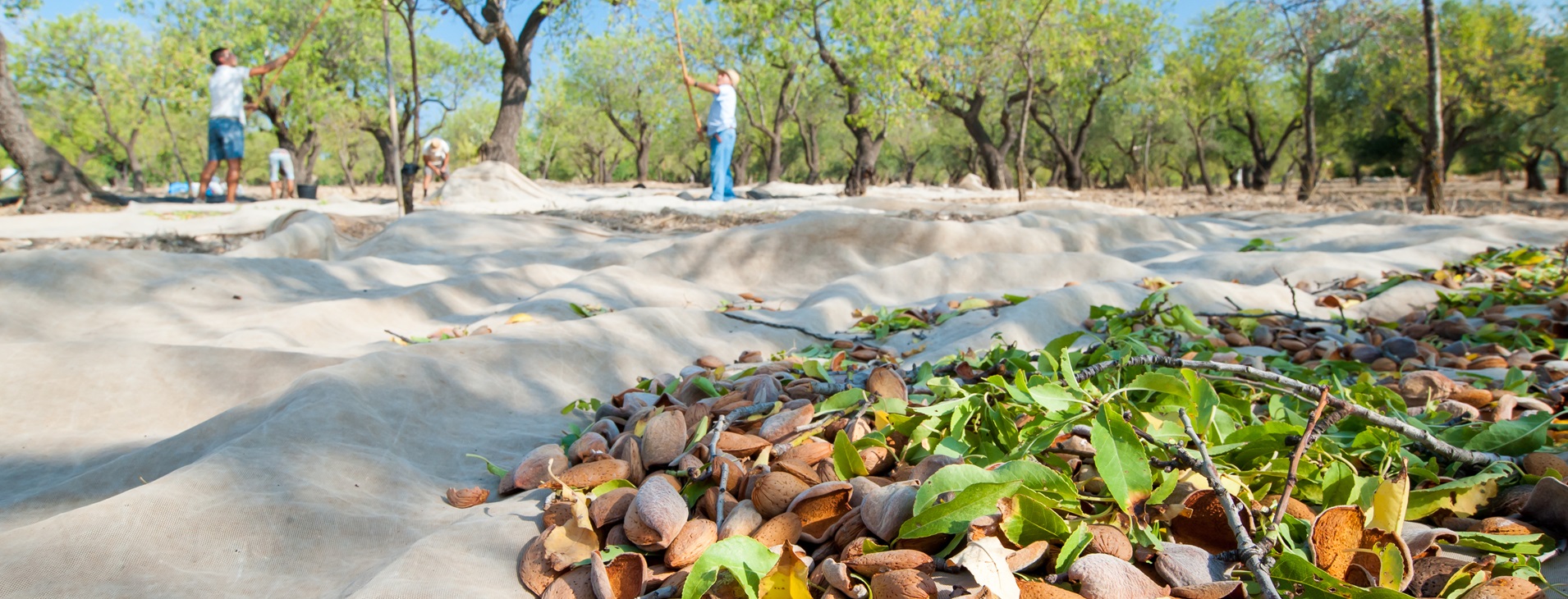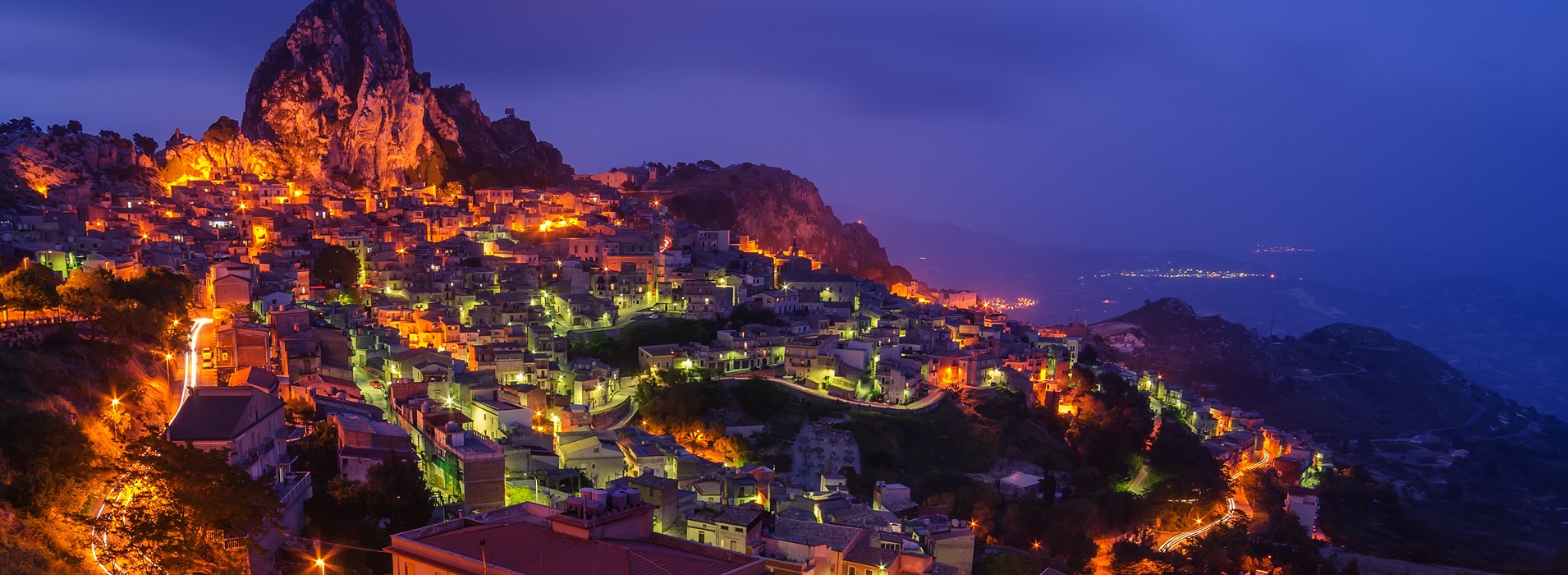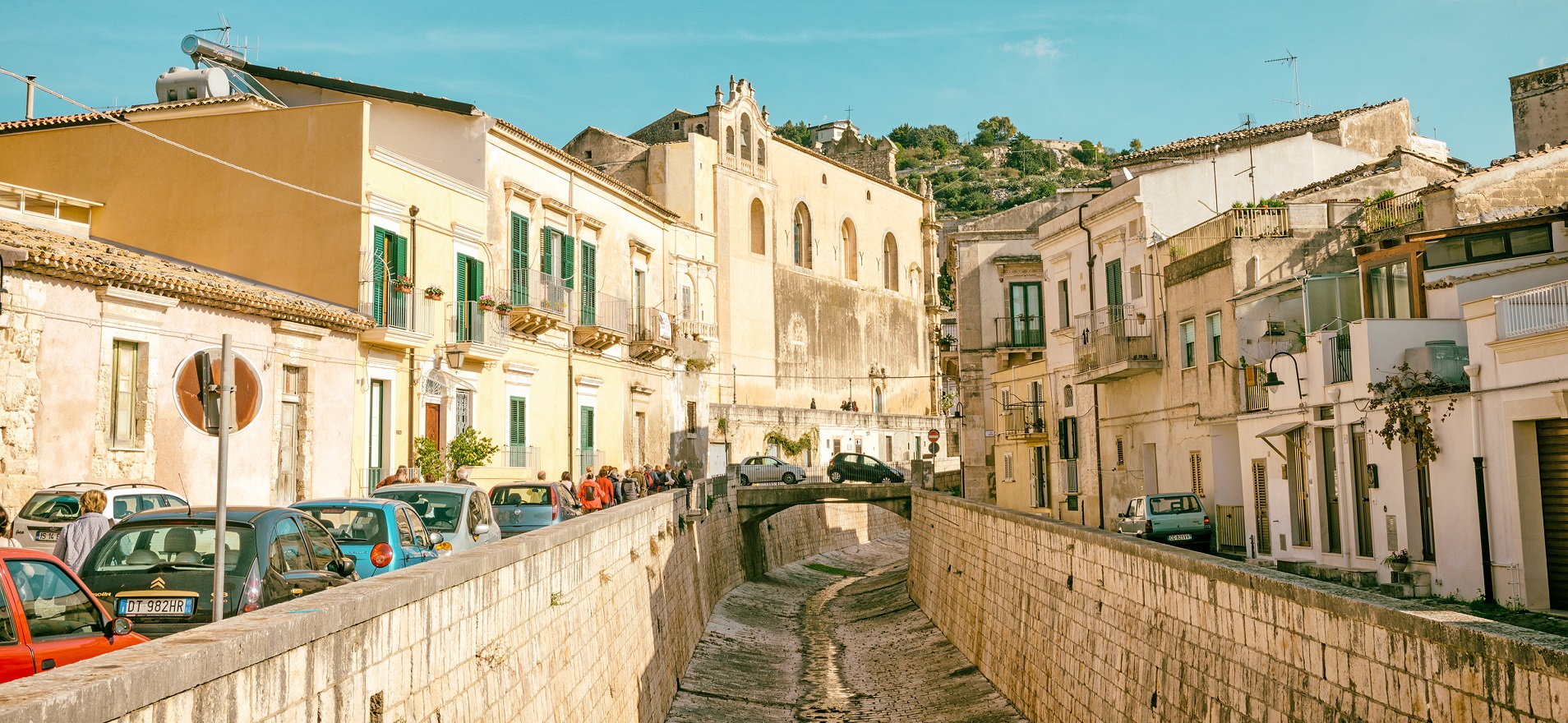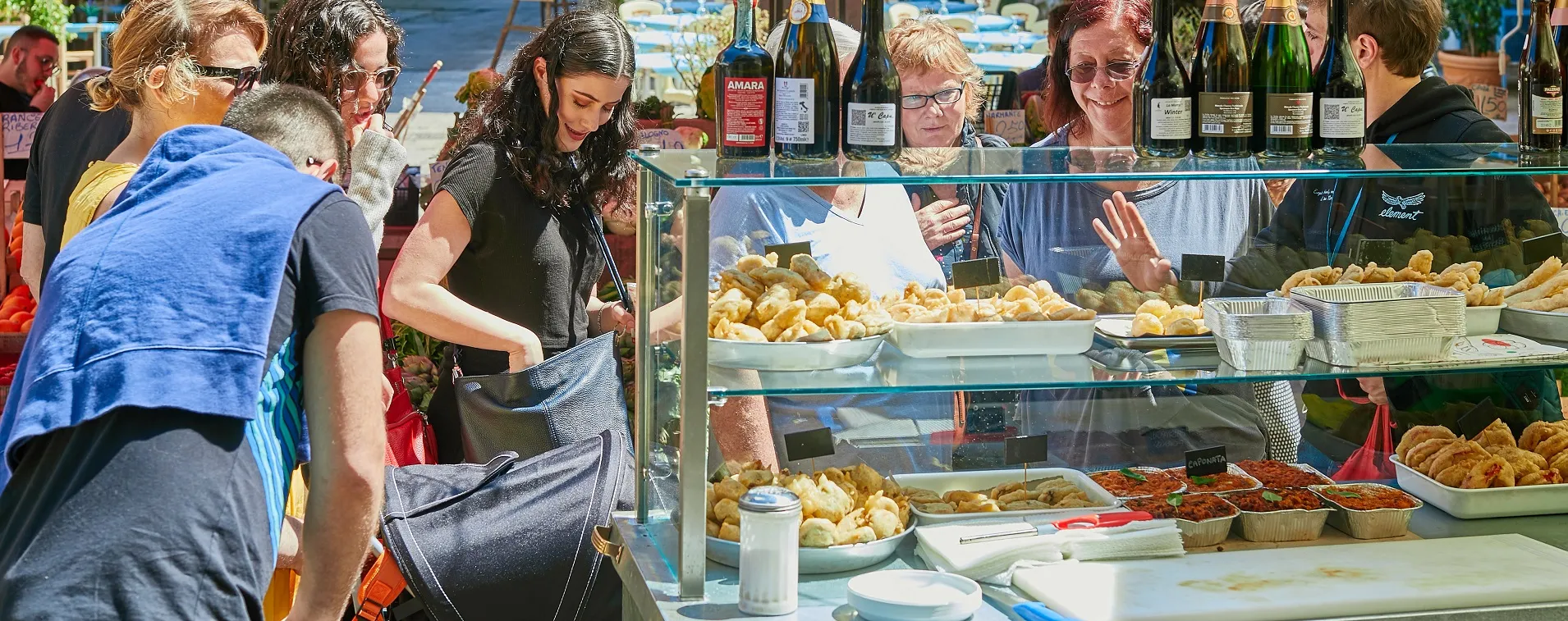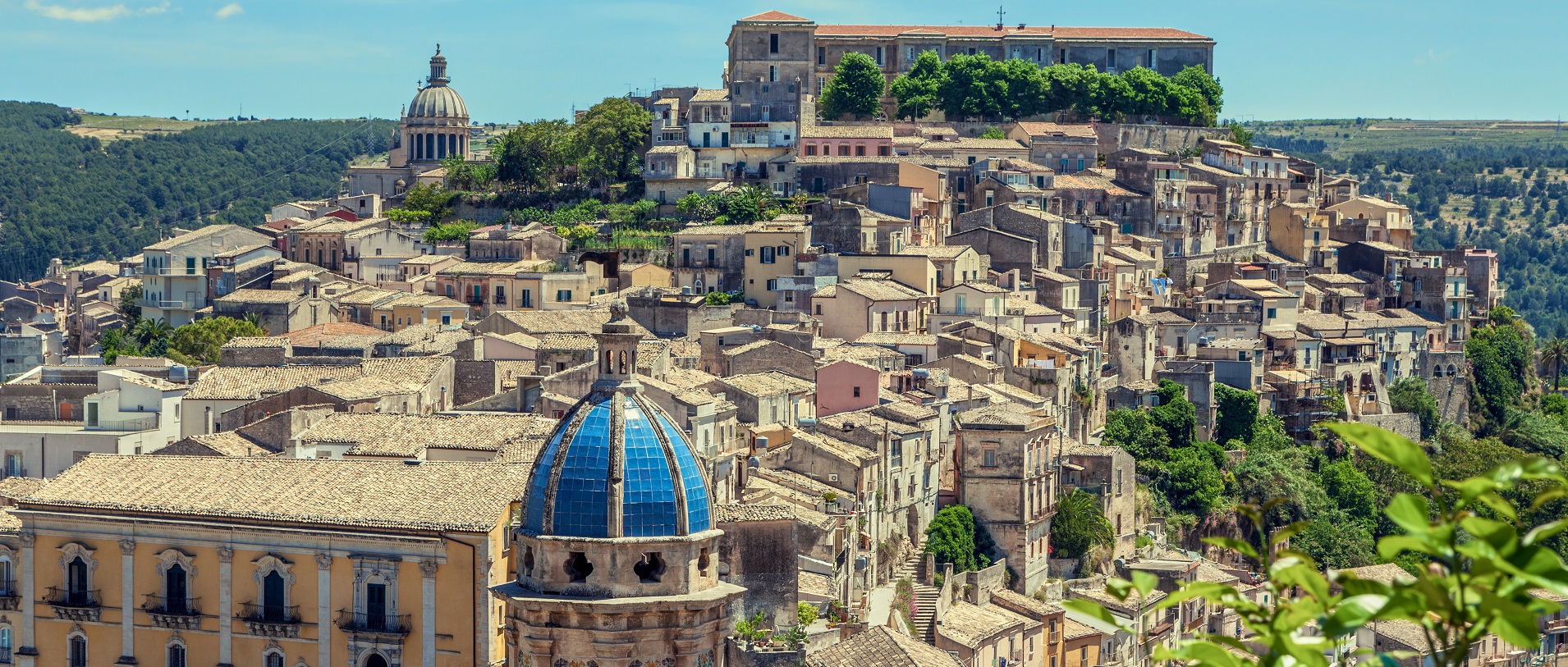A practical guide to Syracuse and Ortigia, Sicily
Unlike Rome, Florence and Venice, Syracuse – or Siracusa in Italian – still manages to hover slightly below the tourist radar, in spite of its enormous cultural wealth. At the height of its influence, it was the most important city of Magna Graecia with a population at times in excess of 500,000.
Today, the city, with its 120,000 or so inhabitants, still boasts some of the finest Baroque art and architecture, and Greek and Roman ruins, although there’s also plenty to do beyond the cultural attractions. Basically, if you’re planning a holiday in Syracuse, swot up as much as possible before your trip to leave maximum time for soaking up the sights and the sun, and for leisurely strolling.
Should I stay in Syracuse or on Ortigia island?
Understanding the layout of the city, and the fact that its historic centre is on the separate island of Ortigia, can be confusing at first but it might shape your decision as to where to stay. One of Syracuse’s main attractions is the extraordinary archaeological site, which is home to a Greek theatre and Roman amphitheatre and is situated in the northwest of the city rather than on Ortigia.
However, if you’re looking for atmosphere, you’ll find it in abundance on the island of Ortigia, effectively the pulse of the city. This is the place for wandering, through the maze of narrow streets, past ancient remains and architectural triumphs, or along the seafront. Want a rooftop terrace with sea views? Check in to the gorgeous waterfront Casa a Ortigia.
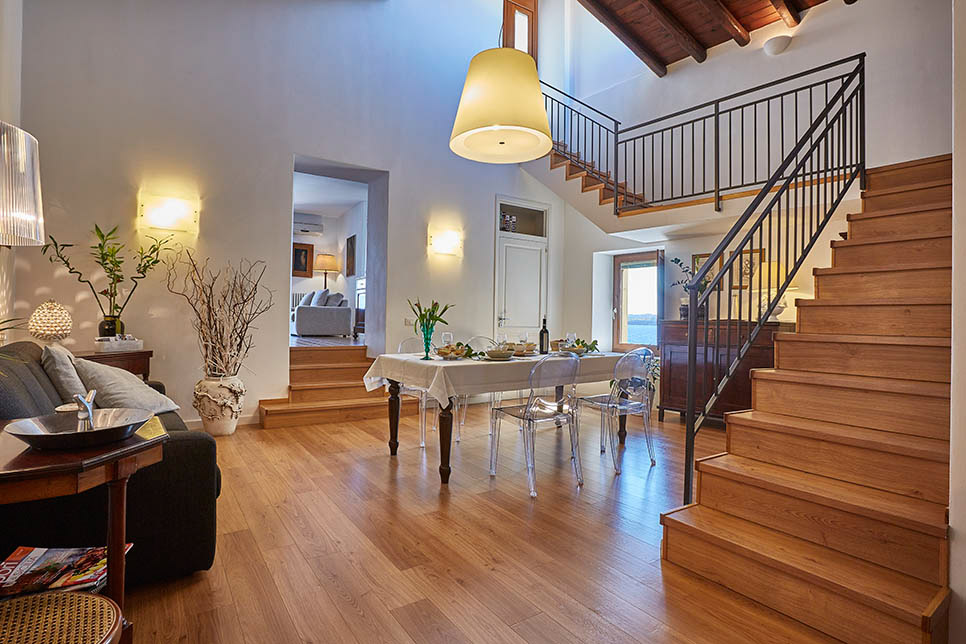
Getting to Syracuse
For anyone flying into Catania from the UK, it’s easy to get to Syracuse by bus or train, or just over an hour’s drive if you’re picking up your own car. If you are driving yourself and intend to stay on Ortigia, you need to be aware that it’s a traffic limited zone. The best place to leave the car is in the huge Talete car park at the northern entrance to island. You can walk from the north to the south of the island in about 20 minutes but if you’re planning on day trips outside Syracuse, you may prefer to stay in a property closer to the car park such as at Stella in Ortigia, a 4-minute walk away.
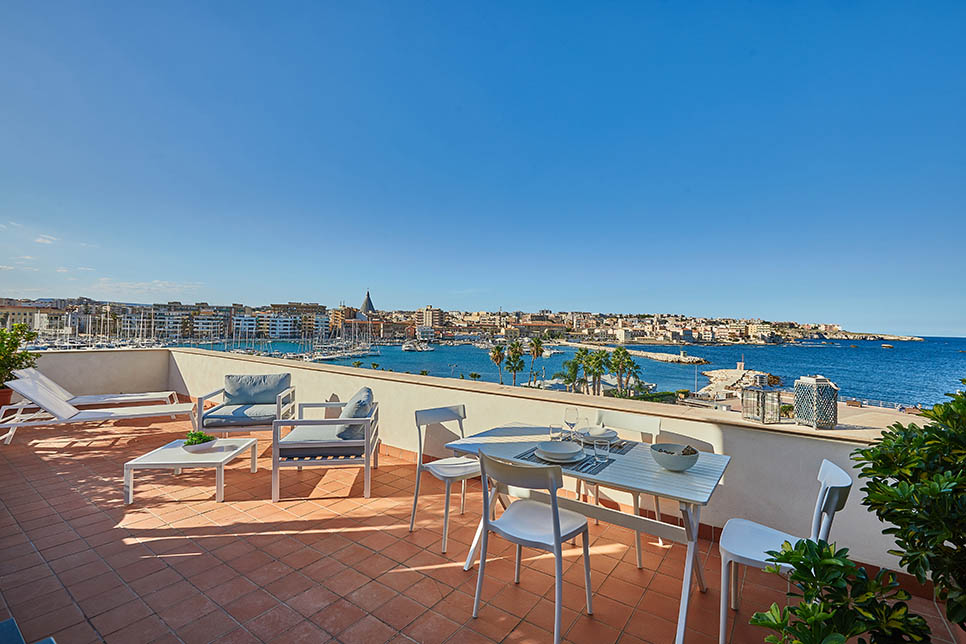
Understanding Syracuse’s history
Founded by the Ancient Greeks, Syracuse was the most important city of Magna Graecia, with the island of Ortigia as its nucleus. The city was home to Archimedes and visited by Plato. Conflicts followed between Greeks and Carthaginians but when the city later became part of the Roman Republic, it once again enjoyed a period of prosperity. In the years that followed, buildings on Ortigia were influenced by the Byzantine, Arabs and Normans.
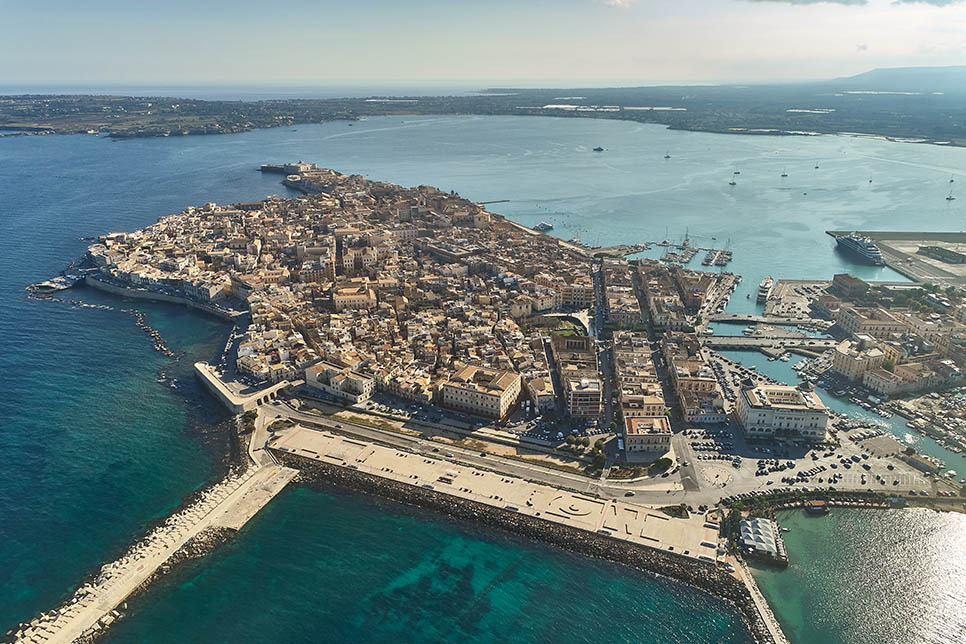
What are the must-see attractions?
This fascinating blend of cultures and influences is at its most visible in Ortigia’s Piazza del Duomo, one of Italy’s most magnificent piazzas. Syracuse’s Duomo started life as a Greek temple and was adapted by the Byzantines and later the Normans, finally completed in the 18th century. Gaze up at Doric columns from the original Greek temple, Byzantine influences in the arches and the nave, and Norman mosaics.
The same square is home to the Palazzo Beneventano and the church of Santa Lucia alla Badia which houses Caravaggio’s ‘Burial of St Lucia’.
Other highlights include the Fountain of Arethusa, the Maniace Castle which was built by Frederick II of Swabia, and Sicily’s oldest Doric temple, the Temple of Apollo. Set aside a full day for Syracuse’s vast archaeological park.
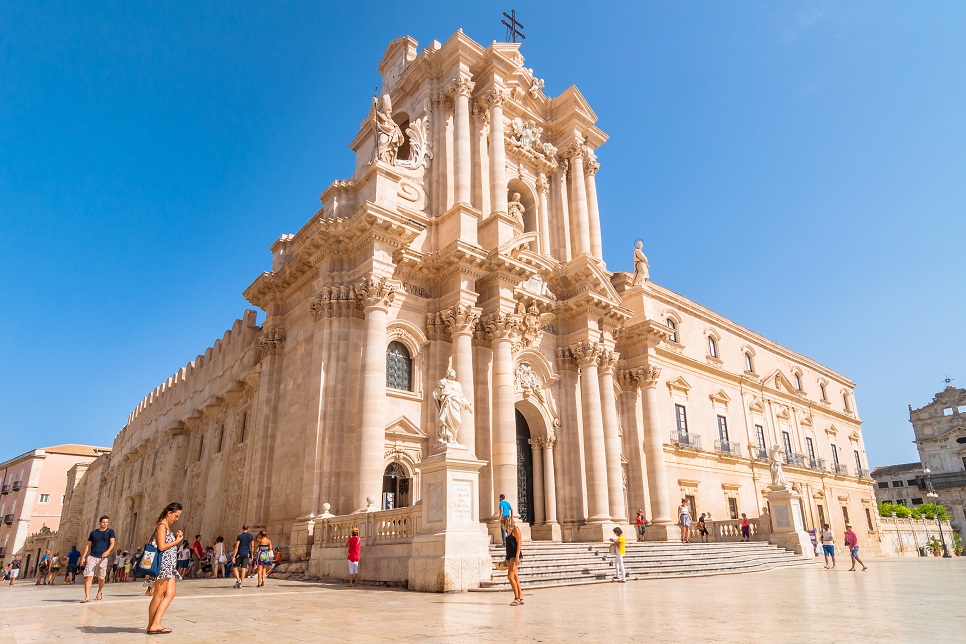
What about beach life?
After all that sight-seeing, you’re going to need some time to chill! On Ortigia, choose from several public sundecks where you can soak up the sun and cool off in the sea. To the south of Syracuse, there are beaches at Arenella and Fontane Bianche, and inland, the Cavagrande Nature Reserve, with its clear pools and waterfalls, is a great spot for a refreshing dip. Continuing south towards Portopalo di Capo, the white sand beaches on the edges of the Vendicari Nature Reserve are fringed by wonderfully translucent water. On the border of the Reserve you can book one of WishSicily’s most exclusive villas in Sicily Oasivera.
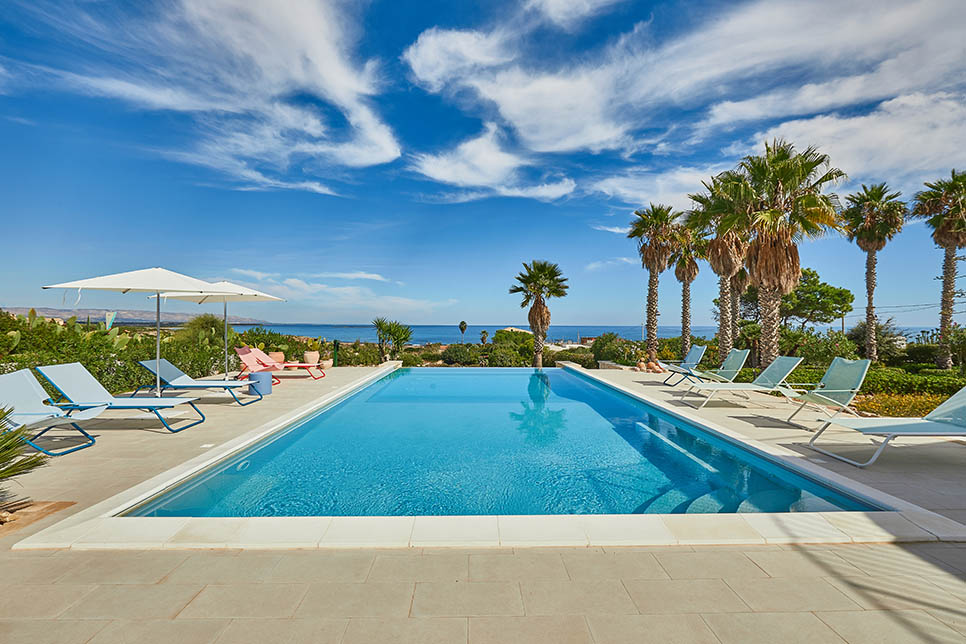
Which are the best towns to visit near Syracuse?
If you still have time and energy to venture beyond Syracuse, you’re going to need to make some tough decisions. Of the 8 UNESCO Late Baroque Towns of the Val di Noto, Palazzolo Acreide and Noto are the nearest to Syracuse. Both merit a visit but Noto is arguably the more striking of the two. For another memorable day out, set out early for a full day exploring Ragusa Ibla and Modica.
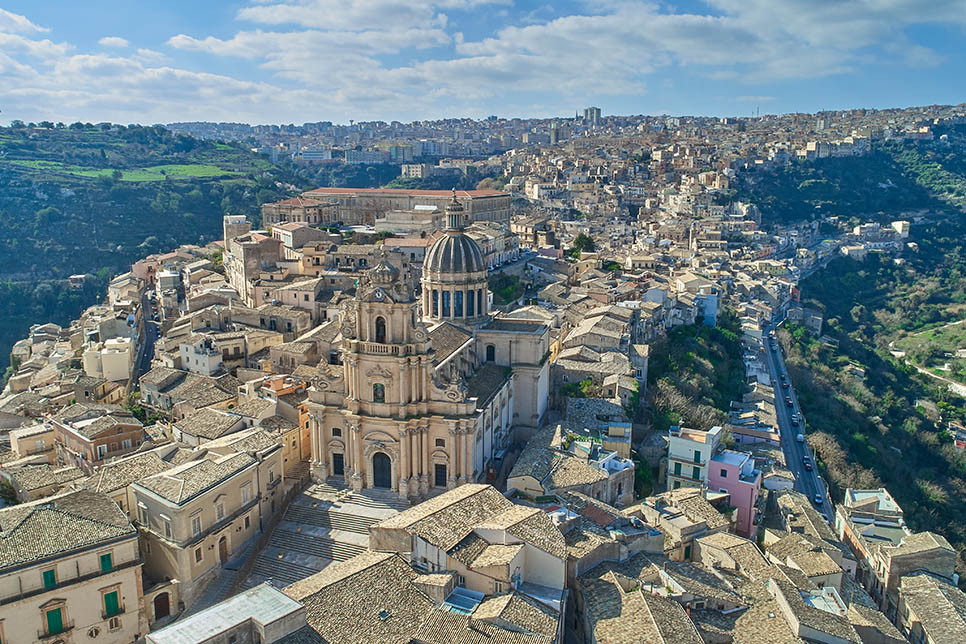
Visit all our villas and holiday homes in and around Syracuse


